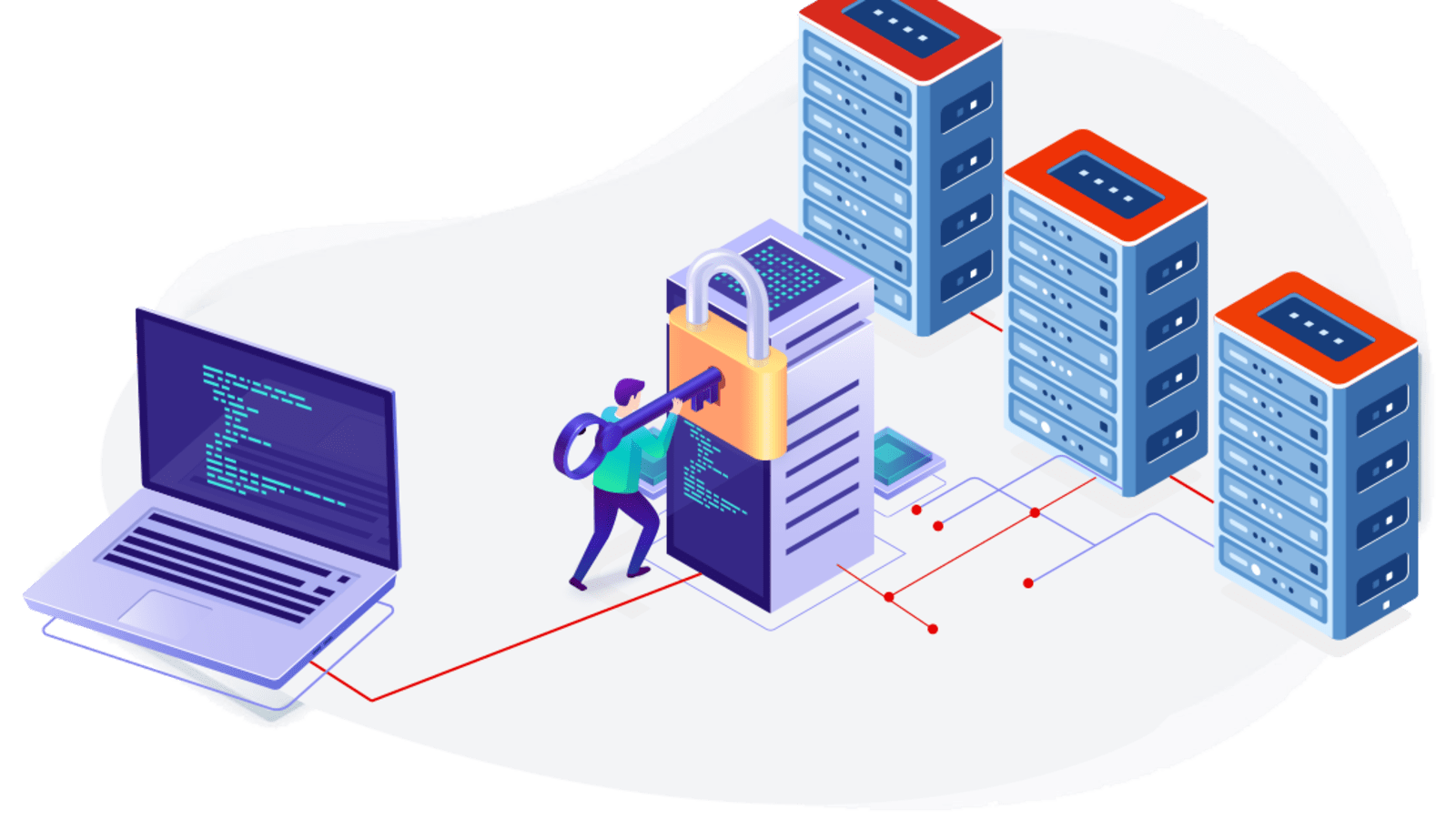Disadvantage of jump server

While Jump Servers (or Jump Boxes) offer significant advantages in terms of security and access control, there are also some potential disadvantages associated with their use. It's important to consider these factors when implementing a Jump Server solution:
-
Single Point of Failure:
- If the Jump Server experiences downtime or becomes unavailable, it can disrupt administrative access to critical systems. This single point of failure highlights the importance of redundancy and failover mechanisms to ensure continuous access.
-
Increased Complexity:
- Introducing a Jump Server adds an additional layer of complexity to the network architecture. Administrators need to manage and maintain the Jump Server along with the configurations for accessing other systems. This complexity can lead to potential misconfigurations and troubleshooting challenges.
-
Latency and Performance:
- Depending on the network architecture and the location of the Jump Server, there may be added latency when accessing internal systems. This can impact the performance of remote administrative tasks, especially in situations where low-latency access is crucial.
-
Resource Overhead:
- The Jump Server itself consumes resources (CPU, memory, network bandwidth), and if not properly sized or optimized, it could lead to performance issues. Adequate resource planning is necessary to ensure that the Jump Server can handle the expected workload.
-
Authentication and Authorization Challenges:
- Implementing robust authentication and authorization mechanisms on the Jump Server is crucial. If not properly configured, it could lead to security vulnerabilities or unauthorized access. Managing user accounts and permissions effectively can be challenging.
-
Increased Attack Surface:
- While the Jump Server is designed to enhance security, its existence increases the overall attack surface. If the Jump Server is not adequately secured, it could become a target for attackers seeking unauthorized access to critical systems.
-
Maintenance Overhead:
- Regular maintenance, updates, and security patches are necessary for the Jump Server to remain secure. This maintenance overhead requires careful planning to minimize disruptions while keeping the system up-to-date with the latest security measures.
-
User Experience Impact:
- Using a Jump Server introduces an additional step in the remote administrative access process. This extra layer can impact the user experience, especially if the connection process is not streamlined or if there are issues with the Jump Server's performance.
-
Cost Considerations:
- Deploying and maintaining a Jump Server involves costs associated with hardware, software, and ongoing maintenance. Organizations need to weigh these costs against the security benefits provided by the Jump Server.
Despite these potential disadvantages, many organizations find that the security benefits of using a Jump Server outweigh the challenges. Careful planning, proper configuration, and ongoing monitoring are essential to mitigate the risks associated with Jump Server implementation. Additionally, advancements in technology, such as cloud-based solutions and managed services, can help address some of these challenges.
Thank you.
